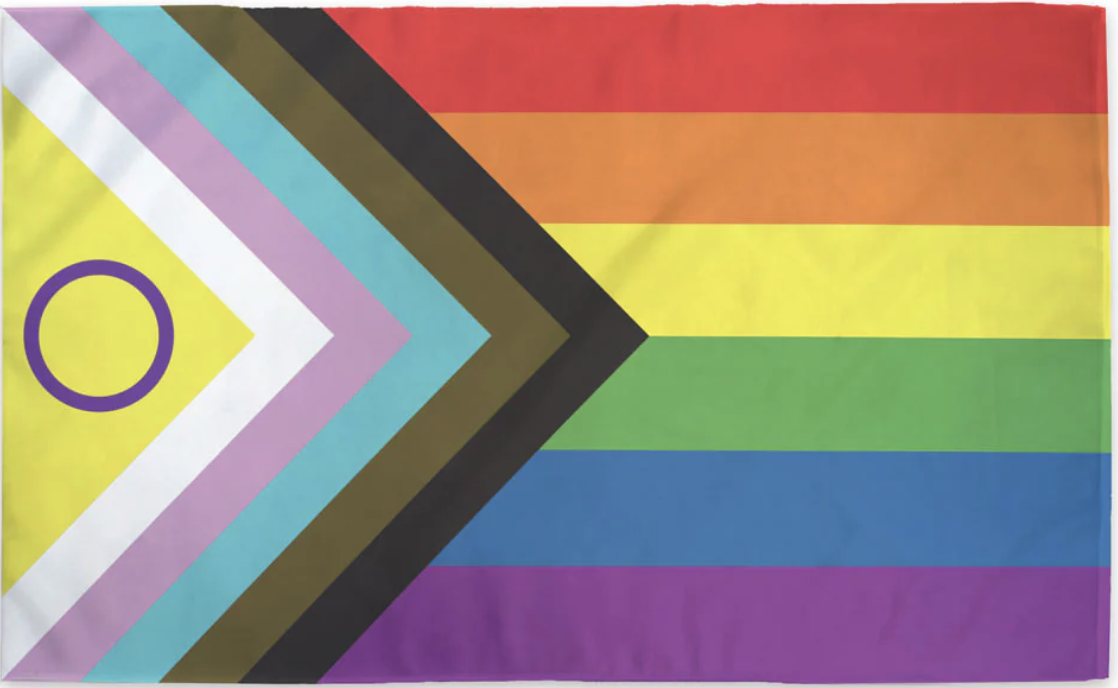Regulation ≠ Calming
Have you ever been in the depths of some serious feels and had someone tell you to ‘calm down’? Can you recall the feeling/emotion/sensation that came along as the already intense mixture of your internal world was met with the seemingly innocent words? Whatever the intention, the impact of ‘calm down’ can be more disruptive than the original feels.
Often the words ‘calm down’ are loaded with what the other person desires. Whether you’re making them uncomfortable or they’re feeling threatened, calm down is rarely innocent (there’s always an exception). Unless you’re Taylor Swift telling folx ‘you need to calm down…like, can you just not step on his gown,’ I would advise against the words if you’re looking to support someone (👠🏳️🌈💅💃🏻👯♂️).
What I’m after here is that regulation is not about calming or suppressing. This goes for co-regulation as well as self-regulation. As more and more self-help content seeps into the mainstream collective of buzz words, it feels like a really good time to name what nervous system regulation is, and what it is not, lest we mere mortals accidentally think we’re helping our friend/loved one co-regulate by ‘calming them down’ (or getting frustrated with ourselves thinking we must be calm). Feeling what you’ve got is the truth of what it means to heal. A world that would rather you suck it up and bury it deep down is oppressive and harmful.
Okay, so then what is regulation? Nervous system regulation is being able to experience a range of ‘optimal functioning’, or being able to fluctuate between different states. Nervous system regulation means that you feel a wave [or storm] of shame, grief, guilt, anger, etc. but rather than plummeting into a shame spiral or hulking out in a fit of uncontrollable rage, you are able to feel the intensity of information from your body AND also return back to your regularly scheduled programming. We’re not looking for flatlines or plateaus here, but nice round curves.
The ability to fluctuate is what resilience and adaptability are built on - being fixed in any state - even one that seems ‘calm’ - is what we call being stuck.
Ergo, the beauty of human nature is we are a roller coaster, the curious question - if curiosity is tolerance of the unknown- is, how can we ride the ride in the most fulfilling way?
xx,
Kerrie
Resourcing Practice for Resiliency
Imagine resiliency like a [comfy] seat belt you strap on as you get on a roller coaster. It keeps you in your seat so you can safely experience the thrills and chills of the loopty-loops without being launched from the ride or having to muscle your way through.
The below practice is a way to build capacity for self-regulation. If it’s practiced at times when the feels are more like a 1-5 out of 10 on intensity, it can help create the ability to be at a 10 and process the information without falling out the roller coaster cart.
In what doable way can I support myself in this moment?
If you get a clear hit - awesome, follow that.
If you’re not sure, below are some access points you can play with to see if any are a good fit:
In what doable way can I support myself in this moment?
Is there something in your body you can bring your attention to that feels supportive? Your seat against the chair, your feet on the floor, the sensation of gravity, the weight of your bones, your breath moving in and out, something else…?
Is there something tangible that you can hold? A rock, crystal, or beloved talisman, a pillow, blanket, pet, stuffed animal, yourself (see somatic holds for containment if you’re curious), something else…?
Is there something intangible/celestial/ethereal that you can call upon? Ancestors, angels, spirit guides/allies, the ocean, a lake, a river, a tree, a forest, a mountain, a spirit animal like a dragon or phoenix, or something else…?
Is there something in the space around you you can bring your attention to? Gently turning the head and eyes to look around your space for a few moments, notice if there is somewhere the eyes naturally want to land. A photo, plant, flower(s), sculpture/art piece, candle, pattern, or something else…? Take your time looking around your space without any attachment to what you’ll look at, practicing trusting how long your eyes wander and when they land somewhere.
If/when you find something that resonates, stay with it until you notice a shift. A shift can be a sigh, a yawn, a sense of grounding, comfort, or ease. Anything that gives you a sense of feeling supported.
Worth noting that this practice doesn’t necessarily mean you’ll feel ‘calm’, particularly if you practice it regularly. It’s possible you’ll start to feel a wave(s) of emotion - if that happens, an invitation to move towards the wave and then towards the support, perhaps noticing how the support can meet the wave and help it to roll through, like a wave breaking at the shoreline.
Also worth noting that this means you’re building resilience and capacity to be with what’s moving within you. It’s also just as awesome if you do the practice and do feel a sense of ‘calm’ - bottom line, trust what your body needs, where it takes you, and what it’s telling you.
To all of the beautiful ones under attack - don’t calm down, unless you wanna. 🍉✊🏽✊🏾✊🏿

